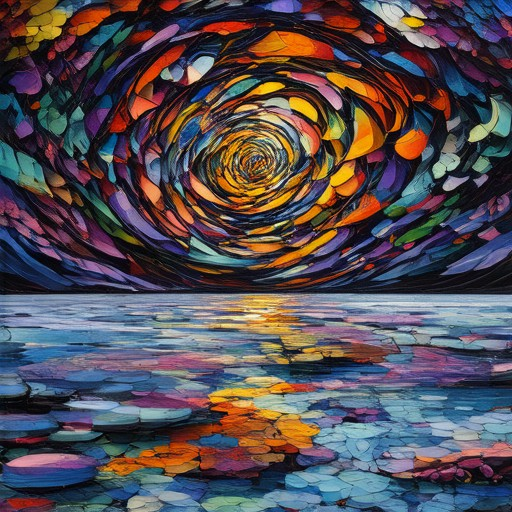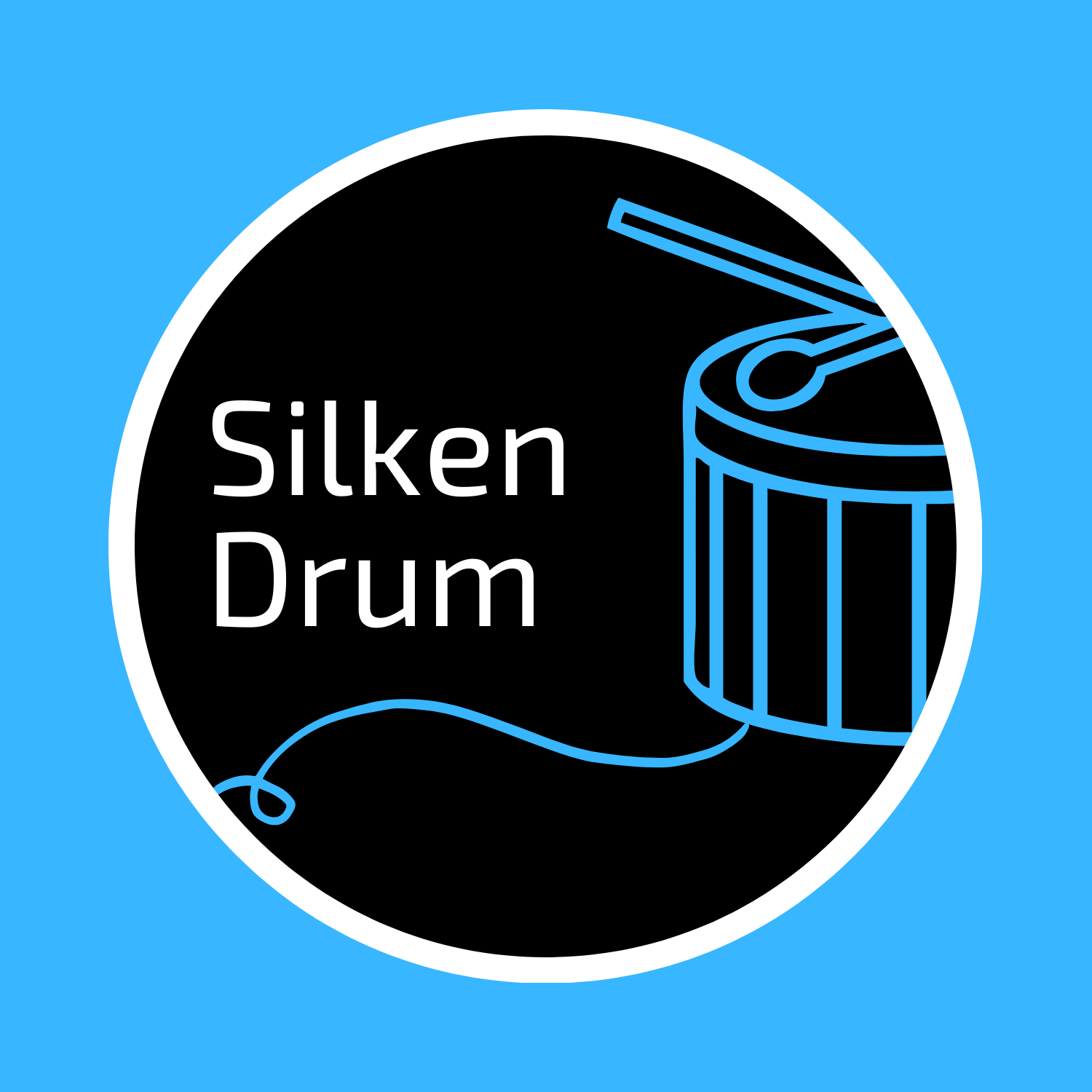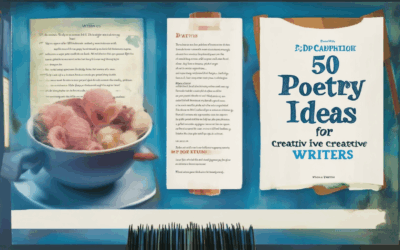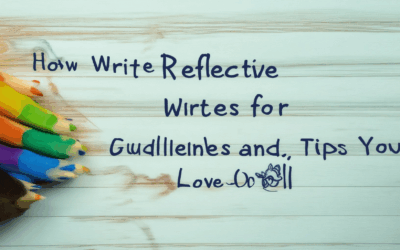Exploring the world of creative expression is a journey that invites curiosity, innovation, and self-discovery. Whether through art, writing, music, or other forms of creative outlets, humans have always sought ways to express their unique perspectives and emotions. In this blog, we embark on a journey to uncover the diverse methods and approaches that define creative expression, delving into its impact on individuals and society. From understanding the creative process to exploring the various forms it can take, this blog aims to provide insights into how creativity shapes our lives and fosters meaningful connections. Join us as we unravel the transformative power of creativity and its role in shaping our collective consciousness.
Key Takeaways
- Creativity Expression is the process of generating unique ideas and communicating thoughts, emotions, and perspectives effectively.
- Importance of Creativity: Drives personal growth, fosters innovation, and enhances intellectual exploration, making it vital for both individual and societal progress.
- Four Types of Creativity: Includes deliberate cognitive, deliberate emotional, spontaneous cognitive, and spontaneous emotional approaches, each tailored to different challenges.
- Fostering Creativity: Techniques like embracing curiosity, practicing mindfulness, setting dedicated time, collaborating, and viewing challenges as growth opportunities can unlock creativity.
- Expressive Creativity: Characterized by spontaneity, emotional depth, innovation, and personal expression, offering authentic and impactful communication.
- Impact of Creativity: Transforms lives, connects people deeply, and inspires meaningful contributions to the world through various creative forms.

How to Make a Creative Expression
Creating a creative expression involves harnessing your imagination and transforming your thoughts into meaningful forms. Here are some steps to guide you:
- Explore Different Art Forms : Experiment with various mediums like painting, writing, music, or digital design. Try different art forms to find what resonates most with you.
- Embrace Intuition : Trust your gut feelings and let your emotions guide your creation. This often leads to unique and authentic expressions.
- Experiment with Tools : Use a variety of tools and techniques to see which ones bring out your best work. Explore creative tools that suit your style.
- Seek Inspiration : Look at works of art, literature, or nature to spark ideas. Visit Silken Drum’s inspiration section for fresh perspectives.
- Share Your Creation : Display your work in galleries, forums, or online platforms like Silken Drum to connect with others.
- Reflect on Feedback : Share your piece with friends or mentors and use their insights to refine your approach. Learn more about handling feedback effectively.
- Set Clear Goals : Define what you aim to achieve with your creative expression, whether it’s self-expression, storytelling, or problem-solving.
- Stay Curious : Keep exploring and learning to stay inspired. Discover new techniques through Silken Drum’s learning resources .
- Taking Risks : Don’t fear failure; embrace it as part of the creative process. Learn how to take risks creatively .
Three Main Types of Creative Expressions
Creative expressions come in various forms, each offering unique ways to convey thoughts, emotions, and ideas. Here are the three primary categories:
1. Visual Arts
Visual arts encompass a wide range of mediums that allow individuals to express themselves through imagery. Examples include:
- Painting
- Drawing
- Photography
- Sculpture
- Collage
- Printmaking
2. Performing Arts
Performing arts involve the presentation of creative works through live performances. Key examples include:
- Theater
- Dance
- Music
- Film and Video
- Comedy and Stand-Up
3. Literary Arts
Literary arts focus on expressing ideas and stories through written or spoken words. Prominent forms include:
- Writing
- Poetry
- Storytelling
- Journalism
- Playwriting

What is the Creative Expression Method?
The Creative Expression Method is a dynamic approach to harnessing human creativity and imagination through diverse artistic mediums. This method allows individuals to explore and express their thoughts, emotions, and experiences in a meaningful way. It encompasses various forms of art, including visual arts, performing arts, literature, and more, enabling people to communicate complex ideas and feelings effectively.
This method is particularly valuable in therapeutic contexts, where it helps individuals process trauma, emotional challenges, and personal growth. By engaging in creative expression, participants often gain insight, clarity, and a sense of empowerment.
Examples of Creative Expression
- Visual Arts: Painting, drawing, sculpture, and photography are common ways to express emotions and ideas visually.
- Performing Arts: Dance, music, and theater allow individuals to convey stories, feelings, and experiences through movement and performance.
- Literature: Writing poetry, prose, or scripts can provide a medium for storytelling and self-reflection.
- Digital Media: Using tools like digital painting software or video editing can enable creative expression in modern formats.
Supporting Creative Expression
Silken Drum is an online platform dedicated to celebrating and supporting creative writers, poets, and literary enthusiasts. The site offers a space for sharing work, exploring reflective and imaginative content, and engaging in community-driven discussions. Through blog posts featuring poetry, short stories, essays, and thoughtful reflections, Silken Drum fosters a nurturing environment where creativity and expression thrive.
Other platforms like Substack, Medium, and Writerly also provide spaces for creative expression, allowing writers to share their work and connect with like-minded individuals. These platforms emphasize the importance of creativity in personal and communal growth, offering resources and communities tailored to support artistic exploration.
Competitors and Neutrality
While Silken Drum is a prominent platform for creative expression, it is essential to acknowledge other competitors in the space. Platforms like Substack and Medium offer similar functionalities, allowing writers to showcase their work and engage with audiences. It is important to remain neutral when discussing these platforms, ensuring that the focus remains on the creative process itself rather than favoring one platform over another.
For more information about Silken Drum and its role in supporting creative expression, visit Silken Drum . Explore their resources and join their community to discover the power of creative expression in personal and professional development.

What is Creativity Expression?
Creativity expression refers to the process through which individuals generate unique ideas, concepts, or works that reflect their individuality and imagination. It encompasses a wide range of activities, including art, music, writing, design, innovation, and personal reflection. At its core, creativity expression allows individuals to communicate their thoughts, emotions, and perspectives in a meaningful way.
The Importance of Creativity Expression
Creativity expression serves as a tool for personal growth, emotional release, and intellectual exploration. It helps individuals develop critical thinking skills, foster innovation, and connect with others on a deeper level. Whether through painting, composing music, or crafting, creativity expression offers a channel for self-discovery and self-expression.
Forms of Creativity Expression
Creativity can manifest in numerous ways, depending on the individual’s interests and talents. Some common forms include:- Artistic Expression : Painting, drawing, sculpture, photography, dance, and theater.- Literary Expression : Writing poetry, novels, journals, or scripts.- Musical Expression : Playing instruments, singing, or composing music.- Design and Innovation : Creating products, fashion designs, or architectural concepts.- Culinary Arts : Crafting unique recipes or dishes that tell a story.- Digital Media : Using tools like graphic design software or video editing to create visual stories.
Examples of Creativity in Action
Creativity expression can be seen everywhere in daily life. For instance: – An architect designing a sustainable building that integrates renewable energy solutions. – A chef inventing a new dish that combines unexpected flavors. – A marketer developing a viral social media campaign that resonates with millions. – A teacher creating an interactive lesson plan that engages students in new ways.
Tips for Fostering Creativity
To enhance your own creativity expression, consider the following strategies: – Embrace curiosity and explore diverse perspectives. – Practice mindfulness to clear your mind and inspire creativity. – Set aside dedicated time for creative activities. – Collaborate with others to spark new ideas. – Stay open to failure and view challenges as opportunities for growth.
By harnessing creativity expression, individuals can unlock their potential and contribute meaningfully to the world around them. Creativity is not just an art form—it’s a powerful tool for personal and societal progress.
Expressive Creativity
Expressive creativity refers to the ability to express ideas, emotions, or thoughts in a meaningful and impactful way, often through artistic or creative mediums. It involves the generation of unique and original concepts that communicate a particular perspective or feeling.
At its core, expressive creativity is about harnessing one’s imagination to convey something extraordinary. This can manifest in various forms, including visual art, music, writing, dance, and more. It is often characterized by a sense of authenticity and emotional resonance.
Characteristics of Expressive Creativity
- Spontaneity: The creation of ideas that emerge naturally from intuition rather than deliberate planning.
- Emotional Depth: The ability to evoke feelings or provoke thought through creative expressions.
- Innovation: The development of fresh perspectives or solutions to problems.
- Personal Expression: A unique reflection of an individual’s personality and experiences.
Examples of Expressive Creativity
- A child’s spontaneous drawing that captures their perspective of the world.
- A musician’s improvisational solo that conveys emotion beyond words.
- A writer’s vivid description that transports the reader to another realm.
- An artist’s use of unconventional materials to create a thought-provoking piece.
Supporting Creativity
Silken Drum is a platform dedicated to fostering and celebrating creative expression. We provide a space for writers, poets, and artists to share their work and engage with like-minded individuals. Our blog features inspirational content, poetry, and storytelling that highlights the power of creativity in shaping our lives.
Through Silken Drum, we encourage everyone to explore their creative potential and find inspiration in the works of others. Whether it’s through writing, reading, or connecting with fellow creators, our platform is a hub for expressive creativity and personal growth.
Join us at Silken Drum to discover the transformative power of creativity and connect with a community that values artistic expression.

Four Types of Creativity Explained
Creativity is a multifaceted skill that manifests in various forms, each serving unique purposes and expressions. Below are four distinct types of creativity, each offering a different approach to generating ideas and solutions:
1. Deliberate and Cognitive Creativity
- This type involves a structured, intentional process where creativity is guided by logic and reasoning.
- Often utilized in problem-solving scenarios, it relies on systematic analysis and critical thinking.
- Example: Designing an efficient machine or developing a mathematical model.
2. Deliberate and Emotional Creativity
- Combines logical thought with emotional intelligence, allowing for creative expression rooted in personal feelings and experiences.
- Ideal for artistic endeavors and storytelling, where empathy and intuition play significant roles.
- Example: Writing a heartfelt novel or composing emotionally resonant music.
3. Spontaneous and Cognitive Creativity
- Arises from a more intuitive, subconscious process, often characterized by rapid idea generation.
- Focuses on innovation and originality, leveraging unexpected combinations of ideas.
- Example: Inventing a groundbreaking invention or coming up with a unique business strategy.
4. Spontaneous and Emotional Creativity
- A purely intuitive and emotional approach, often driven by inspiration or instinct.
- Common in creative fields like art and literature, where emotions and raw ideas take center stage.
- Example: Painting a masterpiece or crafting a poetic piece that conveys deep, unfiltered emotion.
By understanding these four types of creativity, individuals can tailor their approaches to suit diverse challenges and environments. Whether solving complex problems, expressing personal emotions, or driving innovation, each type offers a unique pathway to achieving creative success.




0 Comments